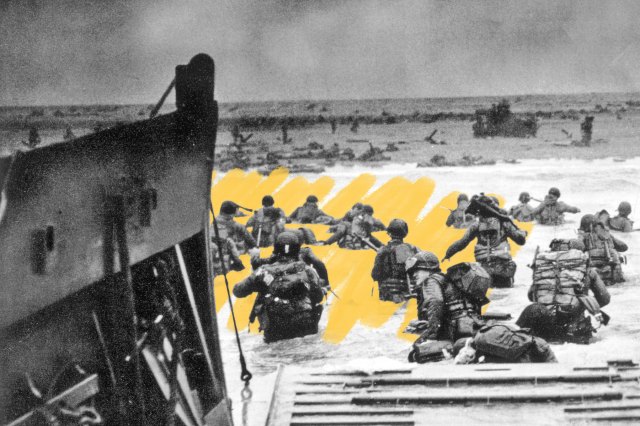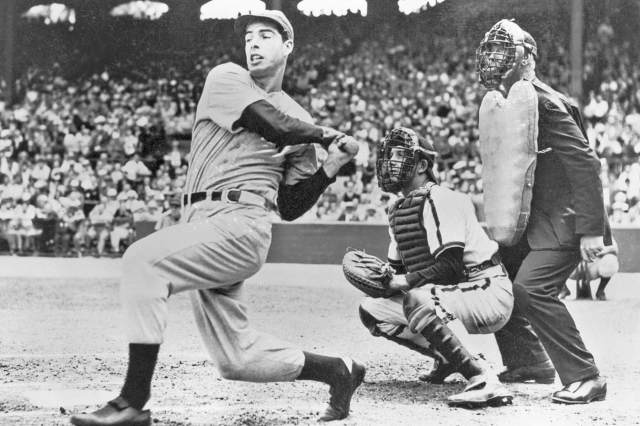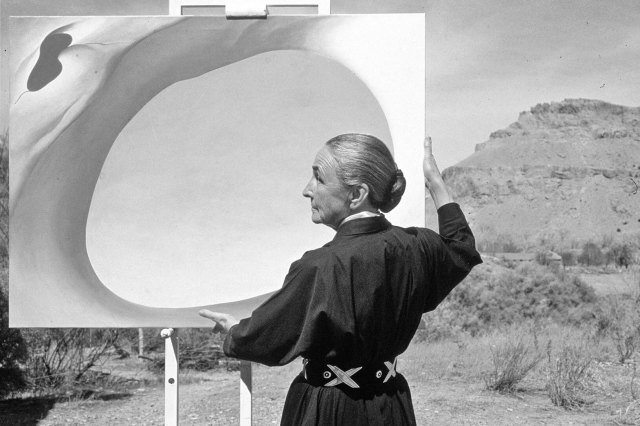 |
The "D" in D-Day doesn't really stand for anything. |
World History |
 |
| |
| The simplest and most widely cited explanation is that the "D" in D-Day stands for "day," essentially a code indicating a date to be determined (or concealed from enemy forces). "It simply signifies the day that the invasion will launch and puts all the timetables into play," Keith Huxen, a historian at the National WWII Museum, told TIME magazine in 2019. Military history also supports this theory. In the field, the U.S. Army began substituting the letters "D" and "H" for "day" and "hour" as early as World War I. The days and hours leading up to or following an operation, meanwhile, were often noted with plus and minus signs, such as "H-2" or "D+3." | |
| Not everyone has agreed with this interpretation, however. In his book The Facts on File Encyclopedia of Word and Phrase Origins, author Robert Hendrickson wrote that "the French maintain the 'D' means 'disembarkation,' still others say 'debarkation,' and the more poetic insist D-Day is short for 'day of decision.'" Dwight D. Eisenhower, who served as supreme commander of the Allied forces in Europe during Operation Overlord, added to the confusion with his explanation. War Slang author Paul Dickson noted that in 1964, Eisenhower instructed his executive assistant to answer a letter he received about the meaning of D-Day by stating "that any amphibious operation has a 'departed date'; therefore the shortened term 'D-Day' is used." In fact, there were multiple "D-Days" during World War II, and other single-letter designations were used as well, such as M-Day for "mobilization." | |
 |  |
 | ||||||||||||||
By the Numbers | ||||||||||||||
| ||||||||||||||
| ||||||||||||||
 | ||||||||||||||
| ||||||||||||||
The Allies deceived the Germans ahead of D-Day. | ||||||||||||||
| To keep Adolf Hitler from deducing exactly where an attempt to take the beaches of Western Europe would occur, the Allies mounted a series of deception efforts known as Operation Bodyguard. Ruses included the use of double agents to pass along false information and fictitious radio transmissions about troop and supply movements. Two "ghost armies" with inflatable dummy tanks were planted in Scotland to indicate a possible invasion of Norway, as well as in southeast England to suggest a landing at Pas de Calais, almost 200 miles northeast of Omaha Beach. Alan Turing and other cryptologists had previously cracked the Nazis' Enigma code, allowing them to decode enemy communications that indicated the deception was working. The Allies kept up the charade by dropping dummy paratroopers that played the sounds of gunfire and explosions when they landed. Spies continued to spread information after D-Day, ultimately delaying the arrival of German reinforcements for seven weeks. | ||||||||||||||
 | |||
Recommended Reading | |||
 | |||
| | |||
 | |||
| | |||
| + Load more | |||
| |||||||||
| Contact us | |||||||||
| Privacy Policy | |||||||||
| Terms of Use | |||||||||
| Do Not Sell My Info | |||||||||
| 700 N Colorado Blvd, #513, Denver, CO 80206 | |||||||||
|







0 komentar:
Post a Comment